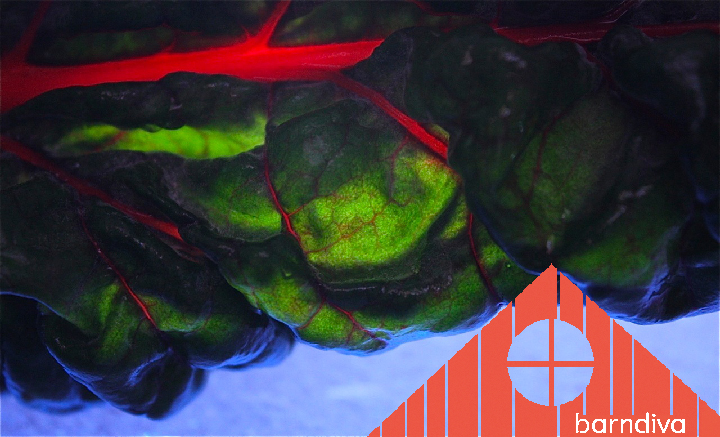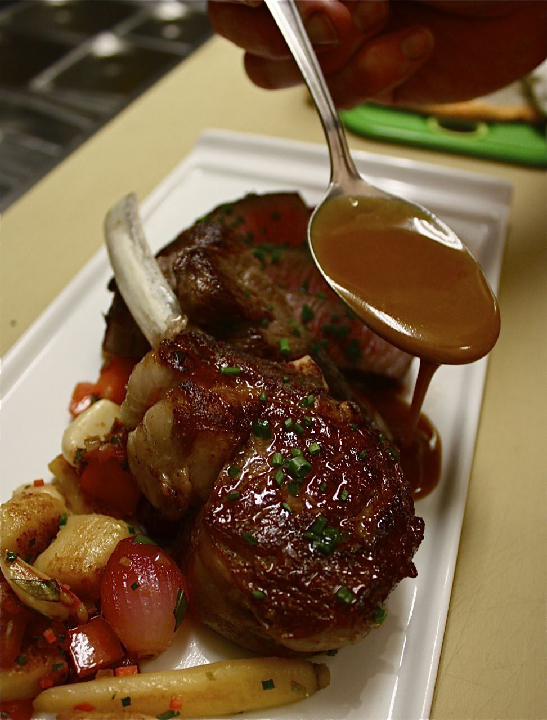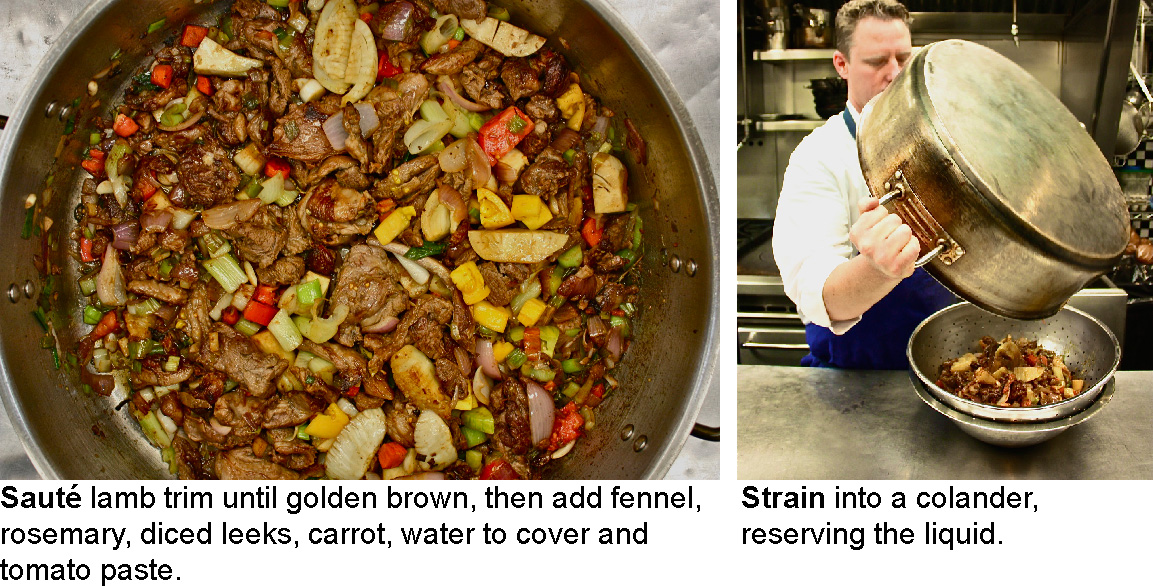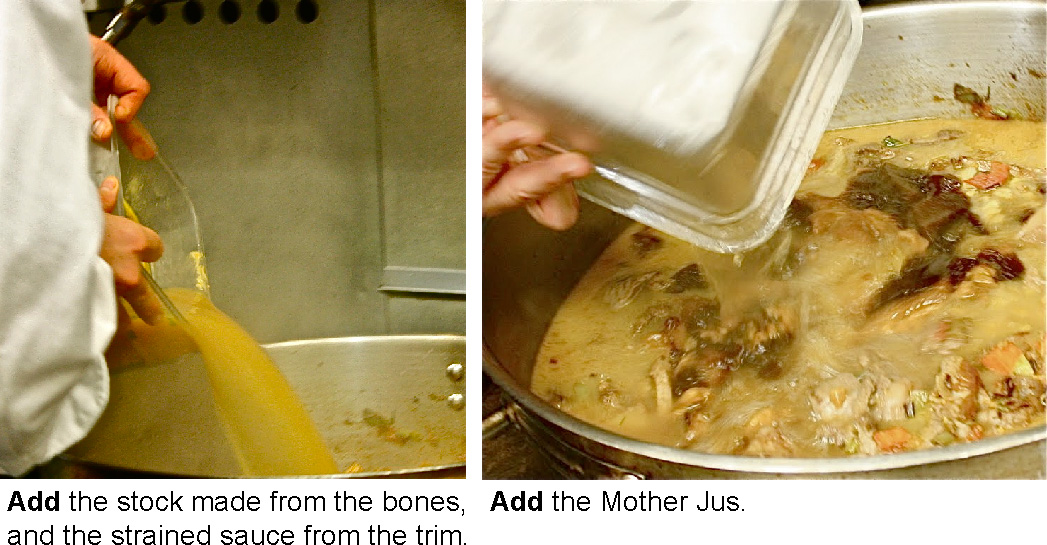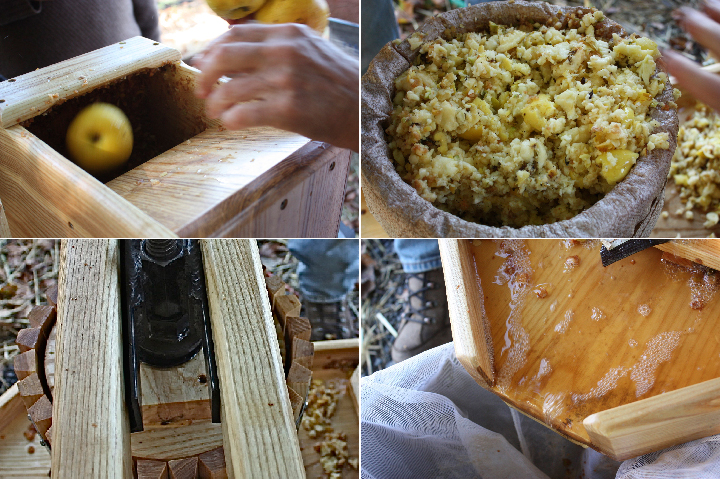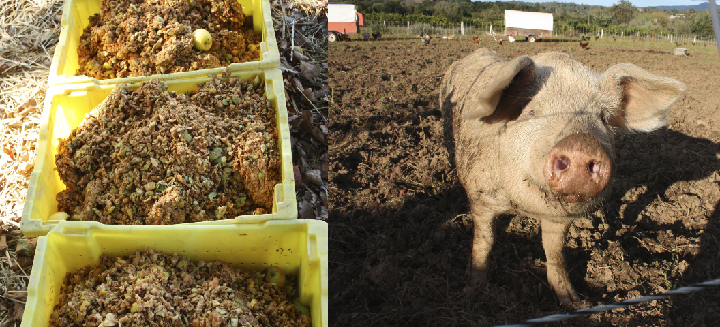Dish of the Week
Sous Vide Pork Belly
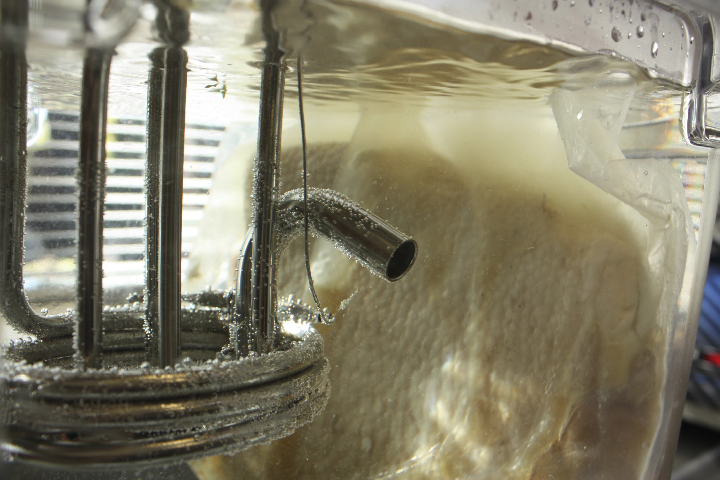 I did not come to sous vide cooking as a fan, quite the opposite. The idea of using a plastic pouch to cook ~ instead of relying on traditional methods that depend upon smell, touch, and taste ~ just seemed a bit of a cop out, little more than an upscale version of Uncle Ben’s ‘boil in a bag.’ Where's the magic?
I did not come to sous vide cooking as a fan, quite the opposite. The idea of using a plastic pouch to cook ~ instead of relying on traditional methods that depend upon smell, touch, and taste ~ just seemed a bit of a cop out, little more than an upscale version of Uncle Ben’s ‘boil in a bag.’ Where's the magic?
But just as there’s science in alchemy, I’ve come to see that suspending food in plastic and setting it loose in a constant swirl of soft heat actually takes a page from some of the oldest culinary traditions in history which called for wrapping or burying foods and slowly cooking them for long periods, the better to capture the essence of their flavor.
Chef Ryan has always said that for him sous vide isn’t about convenience so much as consistency, that and the ability to control the outcome of a dish in a way that extends the potential of each ingredient. For a little light reading he gave me Thomas Keller’s “Sous Vide,” a trade manual Keller wrote for PolyScience a few years back which succinctly explains the complex way a precise control of pressure, temperature and time allows a chef to infuse flavor (which even with marinades is often lost to the braising liquid) and enhance texture (which over the course of cooking heat can easily destroy).
 The temperatures used in sous vide are always kept below a simmer ~ but within that lower range they vary greatly depending on the type and cut of the protein, the cellular density of the vegetable, and what, if any, other cooking techniques you intend to use in the dish. With Pork Belly, where you have an inordinately high fat to meat ratio to begin with, the object is to use the fat primarily to flavor the meat, delivering a finished dish with a perfect crackling that beguiles the mouth when you bite through it to the soft fragrant depths below. Too fatty, too dry, not enough flavor, and it's game over.
The temperatures used in sous vide are always kept below a simmer ~ but within that lower range they vary greatly depending on the type and cut of the protein, the cellular density of the vegetable, and what, if any, other cooking techniques you intend to use in the dish. With Pork Belly, where you have an inordinately high fat to meat ratio to begin with, the object is to use the fat primarily to flavor the meat, delivering a finished dish with a perfect crackling that beguiles the mouth when you bite through it to the soft fragrant depths below. Too fatty, too dry, not enough flavor, and it's game over.
For Dish of the Week, Chef cooked pork belly sous vide for 12 hours in a heady mix of shaved apple (Cox's Orange Pippin from the farm), white wine, garlic, leeks, rosemary and carrots.
 Two things were notable when he finally lifted the pouch from the water: the first was the degree to which the long cooking process had allowed the meat and fat to take on the flavors of the marinade, all but melding them together. The second was that by taking the pork from this nearly gelatinous state and immediately chilling it (above left), Chef was able to reduce the fat as he compressed the meat into perfect shape and portion sizes, essential for a dish which can easily become overly rich. He then refrigerated it again ~ cooling the pork before letting it hit the hot skillet which resulted in a perfectly crisp surface without pulling any moisture from the meat.
Two things were notable when he finally lifted the pouch from the water: the first was the degree to which the long cooking process had allowed the meat and fat to take on the flavors of the marinade, all but melding them together. The second was that by taking the pork from this nearly gelatinous state and immediately chilling it (above left), Chef was able to reduce the fat as he compressed the meat into perfect shape and portion sizes, essential for a dish which can easily become overly rich. He then refrigerated it again ~ cooling the pork before letting it hit the hot skillet which resulted in a perfectly crisp surface without pulling any moisture from the meat.
 To accompany the Pork Belly, Andrew, Chef's entremetier, caramelized cauliflower florets in VOO before adding raisins, capers, herbs and shaved almonds.
To accompany the Pork Belly, Andrew, Chef's entremetier, caramelized cauliflower florets in VOO before adding raisins, capers, herbs and shaved almonds.
 The final component to this starter was a finishing ‘sauce,’ something which could cut through the richness of the belly but would not overwhelm the sweet, sharp and crunch of the cauliflower nest. For this Chef reduced Pinot Noir to the syrup stage, then broke it with Preston Olive Oil, producing a gorgeous, deep red vinaigrette.
The final component to this starter was a finishing ‘sauce,’ something which could cut through the richness of the belly but would not overwhelm the sweet, sharp and crunch of the cauliflower nest. For this Chef reduced Pinot Noir to the syrup stage, then broke it with Preston Olive Oil, producing a gorgeous, deep red vinaigrette.
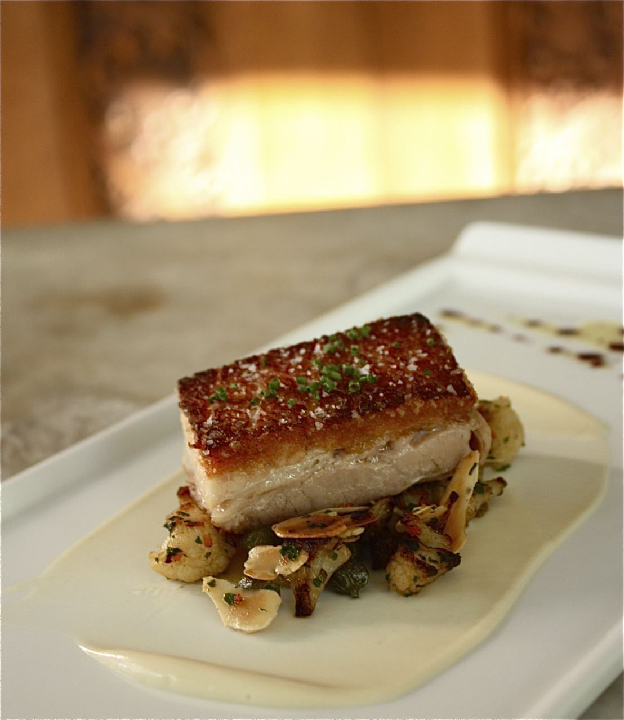 Slow Cooked Pork Belly served on a whoosh of Cauliflower Purée with Caramelized Cauliflower Florets, Capers, Raisins, Almonds and Pinot Noir Vinaigrette….15 hours start to finish…done. To perfection.
Slow Cooked Pork Belly served on a whoosh of Cauliflower Purée with Caramelized Cauliflower Florets, Capers, Raisins, Almonds and Pinot Noir Vinaigrette….15 hours start to finish…done. To perfection.
In the Gallery
There’s an old-fashioned capacity for heartfelt joy embedded in the DNA of Healdsburg which makes it the perfect place to get married. This is not news to those of us who live and work here. But thankful as we are for the visitors who keep our local economy humming all Summer and Fall, boy, do we look forward to the Holidays and Winter. That's when the homegrown parties begin, the ones which seem, more than any others, to refresh the spirit and invigorate the soul.
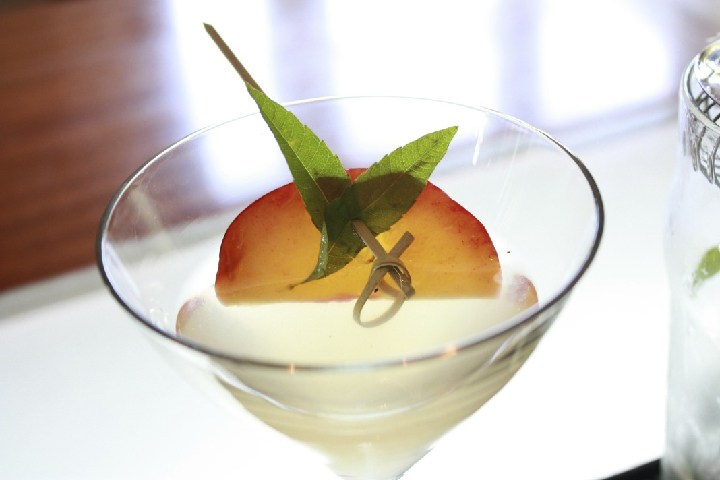 Saying thanks to co-workers, gathering family and friends together to eat and drink with joy, kick back, maybe even dance ~ all used to be part of what we all did at the end of every year to celebrate the fact that we were still standing. Resourceful and thankful. We still should be.
Saying thanks to co-workers, gathering family and friends together to eat and drink with joy, kick back, maybe even dance ~ all used to be part of what we all did at the end of every year to celebrate the fact that we were still standing. Resourceful and thankful. We still should be.
There’s a particular magic to the fêtes we throw here in the Studio we’d love for you to experience. Doesn't matter if you come for a night of cocktails and hors d'ouvres or sit down to one of Chef Ryan's incomparable menus. We're especially proud of our staff, as committed as we are to supporting this food shed and all those who work within it. An art gallery is a great place to spend an evening. And this space sings.
To throw a party in the Studio this Winter all you need to do to start the ball rolling is give us a call. If budget's a concern just let us know and we will figure out a way to make it work.
707.431-7404 info@barndiva.com
All text Jil Hales. All photos Jil Hales(unless otherwise noted)




